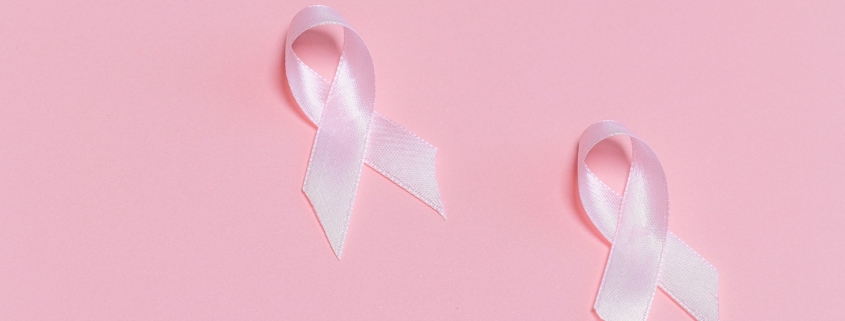Breast Cancer Awareness and Nutrition in October
 Did you know that breast cancer is the most common type of cancer in women? Statistics show 1 in 8 women (and 1 in 1,000 men) will get breast cancer at some point in their lives. The good news is that survival rates for this disease are very good if it’s detected and treated early.
Did you know that breast cancer is the most common type of cancer in women? Statistics show 1 in 8 women (and 1 in 1,000 men) will get breast cancer at some point in their lives. The good news is that survival rates for this disease are very good if it’s detected and treated early.
It is imperative that women prioritize acquiring knowledge on breast cancer prevention and early detection techniques to bolster these survival rates. Importantly, breast cancer can strike women, and yes, men too, even in the absence of a family history of the disease.
As we embrace October, designated as Breast Cancer Awareness Month, it presents a timely opportunity to schedule screenings and elevate your awareness regarding this potential health threat. This week’s blog gives you tips on what to look for and how to protect yourself from this potential disease.
Signs and Symptoms
Sometimes signs and symptoms of breast cancer can go undetected for a while, which is why both a breast self-exam and annual breast exam are so important. Breast screenings, or mammograms, can detect breast cancer early. This will make the cancer easier to treat and improve your chance of beating the disease with fewer complications.
When doing your own breast exam, look for the following changes:
- A change in size or shape of the breast.
- Tenderness or pain in any area of the breast.
- Any nipple discharge (other than breast milk), such as blood.
- An emerging lump in the breast or underarm.
If you notice any of these, call your doctor right away. Early detection is the key to successful treatment!
8 Tips to Reduce Your Risk
While there are some factors, such as family history that you can’t change, there are several things you can do to reduce your risk of developing breast cancer. These tips are likely recommendations you have heard before, but take a moment during National Breast Cancer Awareness Month to assess how many you do on a daily basis:
Exercise Regularly: Aim for a minimum of 150 minutes weekly of cardiovascular exercise. Include strength training two to three times per week. Start out slowly, set daily and weekly goals, and track your progress. Always check with your physician before starting any exercise program.
Limit Saturated Fatty Foods: Avoid saturated and trans fats, and choose monounsaturated fats such as nuts, seeds, avocados, and olive oil.
Incorporate Omega 3 Fatty Acids: Eat foods high in omega-3 fatty acids, found in fatty fishes such as salmon, tuna, mackerel, and sardines. Omega 3 fatty acids are also found in flaxseed and walnuts, so sprinkle some ground flaxseed and chopped walnuts into your oatmeal or yogurt each day.
Eat More Fruits and Vegetables: Increase your intake of colorful fruits and vegetables (five or more each day) which are packed with cancer-fighting phytonutrients and antioxidants. They are also high in vitamins, minerals, and fiber, all beneficial for good health.
Eat More Fiber: Found in fruits, vegetables, and whole grains. Limit your intake of refined flour.
Vitamin D: Include a variety of foods rich in vitamin D such as salmon, sardines, and yogurt, or take a multivitamin with vitamin D to ensure you are meeting the required amounts. Vitamin D deficiency has been linked to breast cancer and several other cancers.
Go Meatless: Incorporate a meatless meal into your menus each week. Choose a bean burger in place of that beef patty, or vegetarian chili instead of a beef chili to decrease your fat intake and increase your intake of fiber, phytonutrients, and cancer-fighting nutrients.
Cut down on your alcohol intake: The American Cancer Society, National Cancer Institute, and the American Institute for Cancer Research state that alcohol is a known risk factor for increasing breast cancer risk.
Breast cancer affects many women. October may be Breast Cancer Awareness Month, but I hope you’ll take this information and use it throughout the year.
Make plans to check yourself regularly and keep your risk factors to a minimum in order to increase your chances of remaining cancer-free. There are over 2.8 million breast cancer survivors in the US and treatments are getting better all the time, increasing survival rates. Let’s keep ourselves healthy!


Leave a Reply
Want to join the discussion?Feel free to contribute!